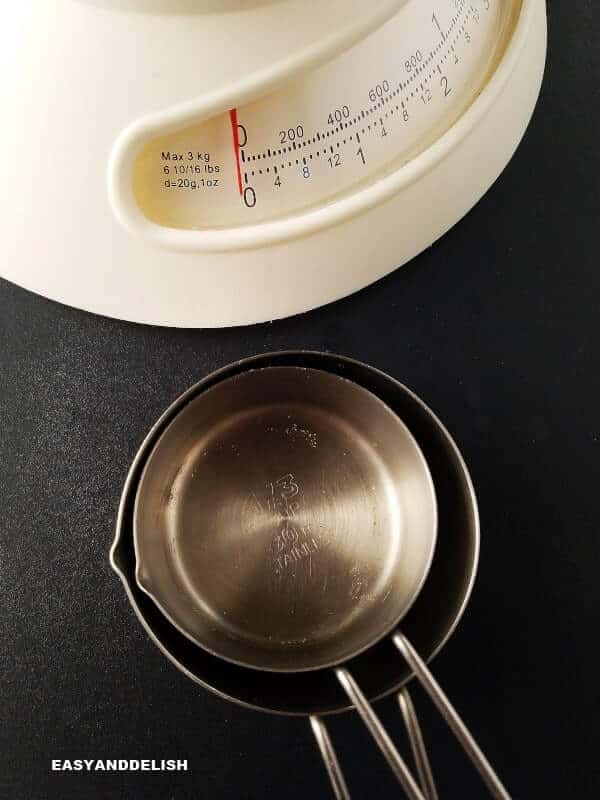


The current definition of the ounce, the international avoirdupois ounce was adopted in 1959.Ĭurrent use: The ounce is still a standard unit of mass in the US customary system of measurement. Examples include the Dutch metric ounce (100g), French ounce (30.59g), and the Spanish ounce (28.75g), among others. The ounce has been used as a standard of mass throughout history for different applications and with different definitions. This relationship between the Roman pound and foot eventually contributed to the uncia being the basis of the modern inch as well as the common ounce. The copper bar was divided into twelve equal parts, called unciae. History/origin: The origin of the term ounce stems from the Roman uncia, which means a "twelfth part," and the use of a standardized copper bar which defined both the Roman pound and foot. The avoirdupois ounce (the common ounce) is defined as exactly 28.349523125 grams and is equivalent to one sixteenth of an avoirdupois pound. Results may contain small errors due to the use of floating point arithmetic.Definition: An ounce (symbol: oz) is a unit of mass in the imperial and US customary systems of measurement. The precision is 15 significant digits (fourteen digits to the right of the decimal point). The avoirdupois ounce is widely used as part of the United States customary and British imperial systems, but the troy ounce is now only commonly used for the mass of precious metals such as gold, silver, platinum, palladium, rhodium, etc. Whilst various definitions have been used throughout history, two remain in common use, the avoirdupois ounce equal to approximately 28.3 grams and the troy ounce of about 31.1 grams. Similar customary uses include recipes in cookbooks and sales of bulk dry goods. It is most pervasive in the retail sale of groceries in the United States, but is also used in many other matters of domestic and international trade between imperial or customary measurement driven countries. The ounce (abbreviated oz) is a unit of mass used in most British derived customary systems of measurement. This is in the tradition by which many customary local reference standard stones, lengths (objects) and weights were required to periodically undergo comparison with the official nations standard referents, usually with a particular periodicity defined by the countries statuate laws.

However, a gram is now defined as one one-thousandth of the SI base unit, the kilogram, or 1×10−3 kg, which itself is now defined, not in terms of grams, but as being equal to the mass of a physical prototype of a specific alloy kept locked up and preserved by the International Bureau of Weights and Measures. Originally defined as the absolute weight of a volume of pure water equal to the cube of the hundredth part of a metre, and at the temperature of melting ice. The gram is a metric system unit of mass. This is how the units in this conversion are defined: Grams


 0 kommentar(er)
0 kommentar(er)
